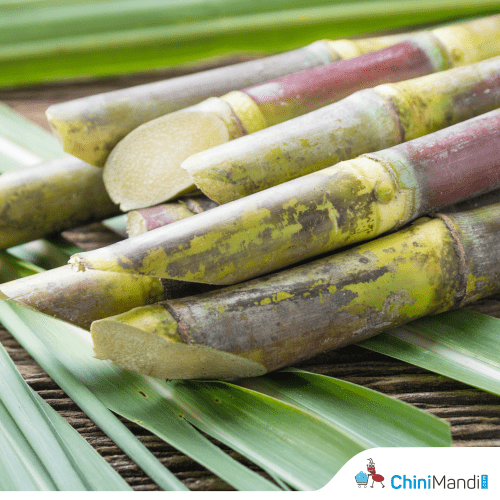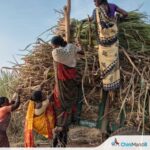South Africa’s sugarcane harvest is projected to drop by 10% in 2024, mainly due to drier weather in key growing areas of KwaZulu-Natal, according to SA Canegrowers. Since 2020, the country has averaged about 18 million tonnes of sugarcane per year, but this season’s yield is expected to fall below 17 million tonnes, reported Bizcommunity.
The North Coast, South Coast, and Midlands regions are among the hardest hit by the dry conditions, though most growers across KwaZulu-Natal have felt the impact. In contrast, Mpumalanga, where farmers supplement rainfall with irrigation, was able to offset some of the season’s challenges thanks to fewer power outages allowing for consistent irrigation.
“This year’s reduced harvest highlights how vulnerable our industry is to climate pressures, especially for growers dependent on rainfall,” said SA Canegrowers Chairman Higgins Mdluli. “While we have enough to meet local demand, less sugar available for export will affect growers’ incomes and the broader economy.”
The dry season has led to early closures for some sugar mills, with three of the country’s 12 mills ending their crushing season over a month earlier than usual. Despite the smaller crop, South Africa is expected to produce about 1.9 million tonnes of sugar, more than enough to cover the annual local demand of around 1.5 million tonnes within the Southern African Customs Union. However, there will be significantly less sugar for export.
Before the 2018 introduction of the Health Promotion Levy, or sugar tax, a typical season would yield around 20 million tonnes of sugarcane. With demand affected, growers have been planting less. Recently, Agriculture Minister John Steenhuisen and Deputy Minister of Trade, Industry and Competition Zuko Godlimpi highlighted the potential for South Africa’s sugar industry to bounce back to pre-sugar tax levels if diversification into sustainable aviation fuel (SAF) production is supported. Sugarcane is a promising feedstock for SAF, allowing farmers to stick with the crop rather than switching to alternatives.
“Since the sugar tax began, production has significantly dropped, and now, with this below-average yield, our growers face an even tougher position. Many have already faced high costs, and the reduced production affects their finances,” Mdluli added. “There’s a strong opportunity to revitalise the sector with diversification efforts like SAF, which could provide a new market for our growers. We could return to pre-tax production levels with proper backing and strengthen the industry’s resilience.”
For detailed information and further insights, please refer to Chinimandi.com, which provides news about the Sugar and Allied Sectors












